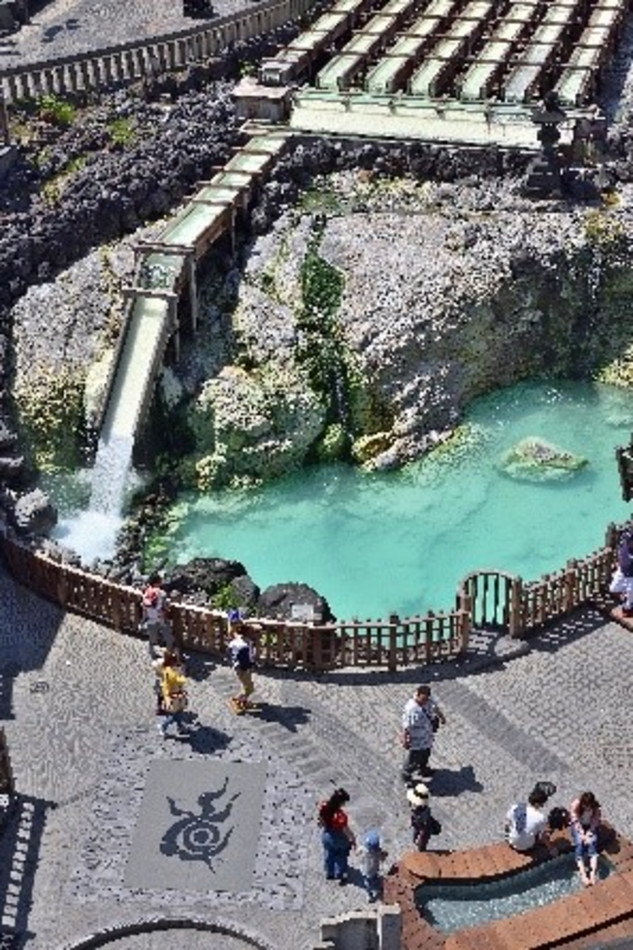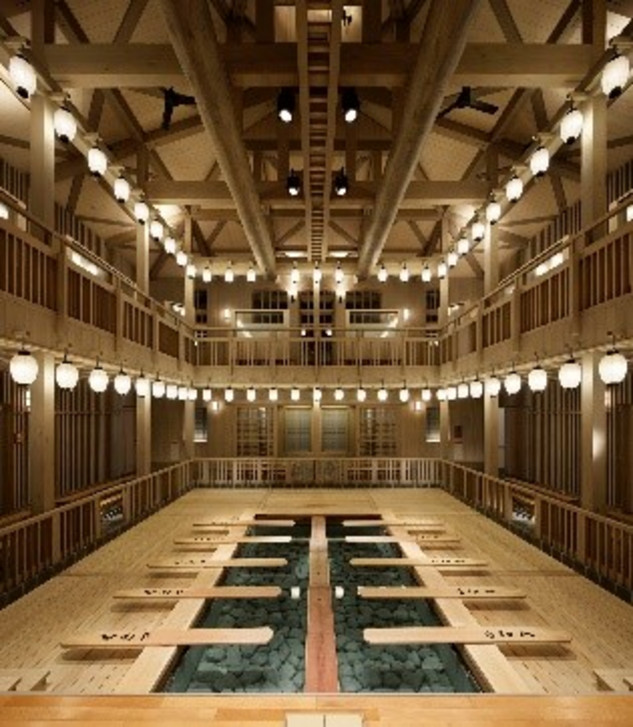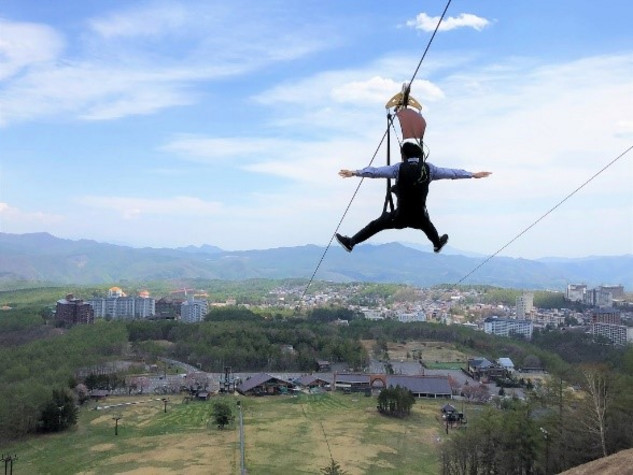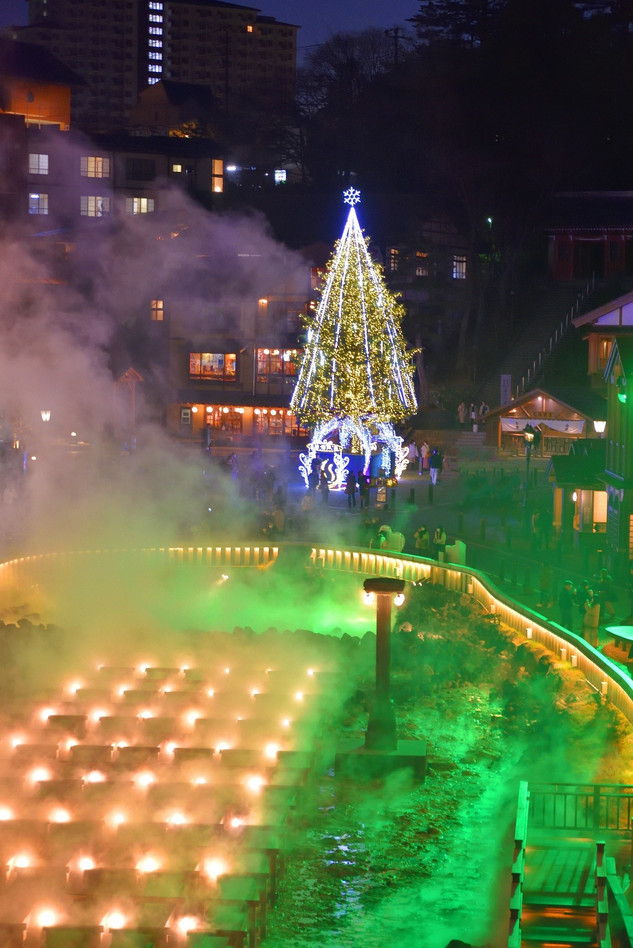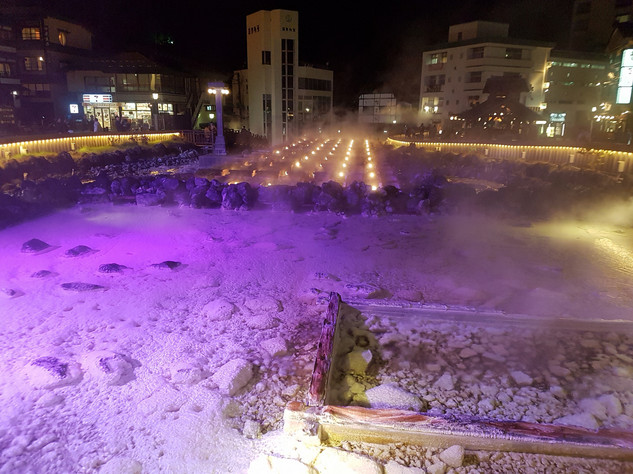Kusatsu, Japan
Partnership since: 1962
Population: approx. 6,200
Location: Kusatsu is located about 200 kilometres northwest of Tokyo on Honshu, the main island of Japan. The 50 sq km city is visited by 2 to 3 million tourists and spa guests.
Kusatsu is about 1,200 meters above sea level. To the west of Kusatsu are the active Shirane-san Volcano and the Motoshirane-san mountains.
District: Agatsuma District
Prefecture: Gunma
Mayor: Nobutada Kuroiwa
Website:www.town.kusatsu.gunma.jp
Contact:webmaster[at]town.kusatsu.gunma.jp
Establishing the partnership
The contact goes back to the Bietigheim physician Erwin von Bälz. Bälz was a professor at the Imperial University of Tokyo and the emperor's personal physician. He discovered the hot springs in Kusatsu for therapeutic purposes and suggested using the hot springs of Kusatsu to cure people. Erwin Bälz, born in Bietigheim in 1849, developed new bathing methods. His publications contributed decisively to the city's prosperity and prosperity.
History
Archaeological finds from around 3000 B.C. show that the area was already inhabited in the Jomon period. In 1472, Kusatsu was first mentioned in writing in the diary of a monk. However, the sulphurous thermal springs of the village were known long before. They are a consequence of volcanic activity within the mountain range that runs through Honshu. In 1491, Kusatsu was officially introduced as a well-known healing spring and became very important as a thermal bath. By 1700, Kusatsu had five public bathhouses and, with several thousand guests a year, was considered the largest spa town in Japan during the Edo era (1603-1867).
In 1869, Kusatsu burned down completely. Although the city was rebuilt within a few years, many of the city's residents were indebted. In 1878, Kusatsu was upgraded by the visit of the well-known German physician Erwin Bälz. Bälz, born in Bietigheim in 1849, was appointed professor of internal medicine at the Tokyo Medical School after his habilitation in Leipzig in 1876. As a balneologist, he developed new bathing methods – his publications on the healing opportunities of bathing made Kusatsu known abroad and contributed decisively to the growth and prosperity of the city.
In 1900, Kusatsu was given town rights after taking over the administration of eight neighbouring villages in 1899.
Kusatsu today
Kusatsu is a popular resort in Japan. The reason for the fame can be found in the surrounding mountains: Directly behind Kusatsu is the 2.160 m high Kusatsu-Shirane-san and less than 30 kilometres further south of the Asama-yama. Both are active volcanoes with recent eruptions.
Such a geologically active zone brings pleasant side effects: onsen – hot springs. Especially in Kusatsu at the foot of the mountains, a lot of hot water comes out of the ground. The hot springs of Kusatsu have two special features: On the one hand, the water is very acidic in terms of the pH value, on the other hand extremely hot – the outlet temperature is 45 to almost 95 degrees Celsius, depending on the source.
While in most spas with hot springs in Japan it must be drilled more or less deep into the ground, in Kusatsu you can splurge: in the middle of the city, the steaming water bubbles out of the ground and from there over a network of wooden frames. The whole thing is called Yubatake (hot water field). These are also available elsewhere, but not as large and centrally located as in Kusatsu. By means of the frames, the yunohana (hot water flowers) are virtually "grown." These crystals consist largely of sulfur and are later sold or used in other onsen, for example as a bath additive.
In addition to bathing, the water from the onsen is also used for heating the primary and secondary school, the municipal welfare centre and the swimming pool.
Attractions
Yubatake (hot water field) – one of the largest hot springs of the city in the centre of Kusatsu.
Onsen (hot springs) – There are over 100 onsen in Kusatsu. The largest and most famous three onsen are: Ootaki no yu, Sai no kawara and the Goza no yu.
Mountain flowers – many different mountain flowers bloom in and around Kusatsu.
Bälz Museum - In the museum you can learn all about the life and work of Erwin von Bälz.
Sports and leisure oppurtunities
Kusatsu is famous not only for its hot springs, but also for the surrounding mountains – in winter for winter sports and in summer for hiking. The infrastructure is well designed for this – there are corresponding mountain roads and chairlifts.
From December to April, ideal conditions prevail in the over 100-year-old ski area at Tengu-yama. The ski area reaches up to 1.600 metres above sea level. Especially in May, Kusatsu is worth a trip when the protected alpine rhododendron is in full bloom on 280 hectares – but also at the time of the equally spectacular autumn colouring.
Partnership connections
Bissingen Secondary School
Visits by delegations from the municipal councils



